All About Plants -> precipitation
Precipitation
Precipitation is a vital part of the water cycle and refers to any form of water, liquid or solid, that falls from the atmosphere and reaches the ground. It includes rain, snow, sleet, and hail. Precipitation is a key component in sustaining life on Earth and plays a crucial role in the distribution of water resources.
Types of Precipitation
There are several types of precipitation:
- Rain: Liquid water droplets that fall to the ground from clouds.
- Snow: Ice crystals or snowflakes that fall to the ground when the temperature is below freezing.
- Sleet: Frozen raindrops that partially melt as they fall, creating ice pellets.
- Hail: Ice pellets that form within thunderstorm clouds and can vary in size.
Formation of Precipitation
Precipitation is formed through the process of condensation and coalescence. When water vapor in the atmosphere cools and condenses into liquid droplets or ice crystals, these droplets or crystals come together to form clouds. As the droplets or crystals grow in size, they eventually become heavy enough to fall to the ground as precipitation.
Factors Affecting Precipitation
Several factors can influence the type and amount of precipitation in a particular area:
- Temperature: The temperature determines whether precipitation will fall as rain, snow, sleet, or hail.
- Humidity: The amount of water vapor in the air affects the potential for precipitation.
- Topography: The elevation and geographical features of an area can impact precipitation patterns.
- Wind patterns: Wind can transport moisture and affect where precipitation occurs.
Importance of Precipitation
Precipitation is essential for various reasons:
- It replenishes freshwater sources such as rivers, lakes, and groundwater.
- It sustains agriculture and supports plant growth.
- It influences weather patterns and climate conditions.
- It plays a role in shaping the Earth's landscape through erosion and deposition.
Study Guide
To understand precipitation, consider the following questions for further exploration:
- How does the temperature affect the type of precipitation that falls in a given area?
- What role does humidity play in the formation of precipitation?
- How does precipitation impact the water cycle and the availability of freshwater resources?
- What are the different methods used to measure precipitation?
- How does precipitation contribute to the overall climate of a region?
By exploring these questions and studying the mechanisms of precipitation, you can gain a deeper understanding of this essential aspect of the Earth's natural processes.
[Precipitation] Related Worksheets and Study Guides:
.◂Science Worksheets and Study Guides Kindergarten. All About Plants

 Coloring Worksheet
Coloring Worksheet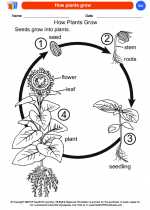
 Coloring Worksheet
Coloring Worksheet
 Coloring Worksheet
Coloring Worksheet
 Coloring Worksheet
Coloring Worksheet
 Coloring Worksheet
Coloring Worksheet
 Coloring Worksheet
Coloring Worksheet
 Coloring Worksheet
Coloring Worksheet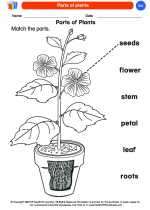
 Coloring Worksheet
Coloring Worksheet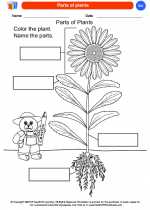
 Coloring Worksheet
Coloring Worksheet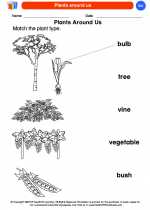
 Coloring Worksheet
Coloring Worksheet
 Coloring Worksheet
Coloring Worksheet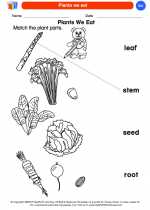
 Coloring Worksheet
Coloring Worksheet
 Coloring Worksheet
Coloring Worksheet
 Coloring Worksheet
Coloring Worksheet
 Coloring Worksheet
Coloring Worksheet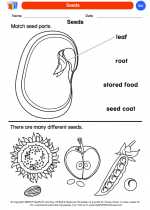
 Coloring Worksheet
Coloring Worksheet
 Coloring Worksheet
Coloring Worksheet
 Coloring Worksheet
Coloring Worksheet
